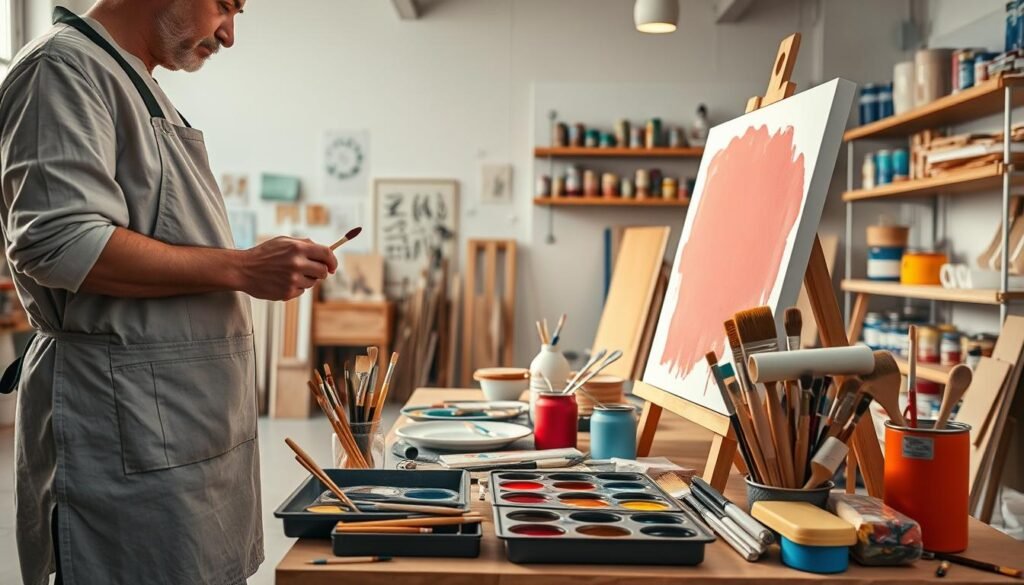Yes, prime in certain situations. This includes painting over dark colors, covering repairs, painting new drywall, or changing paint types. Primer helps paint stick better, creates a uniform surface, and covers stains.
Some paints have built-in primers. But for the best results, a separate primer is usually better.

